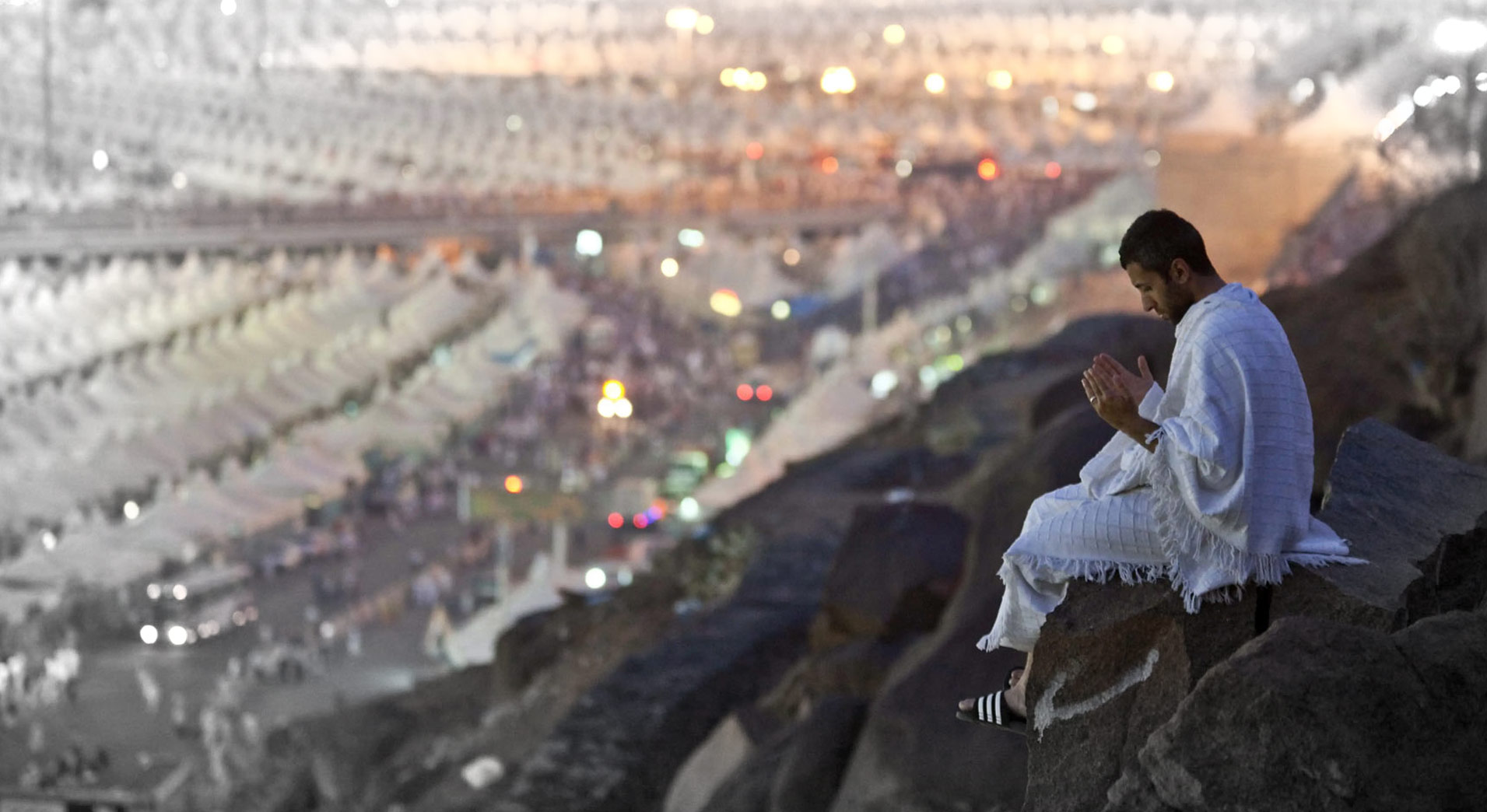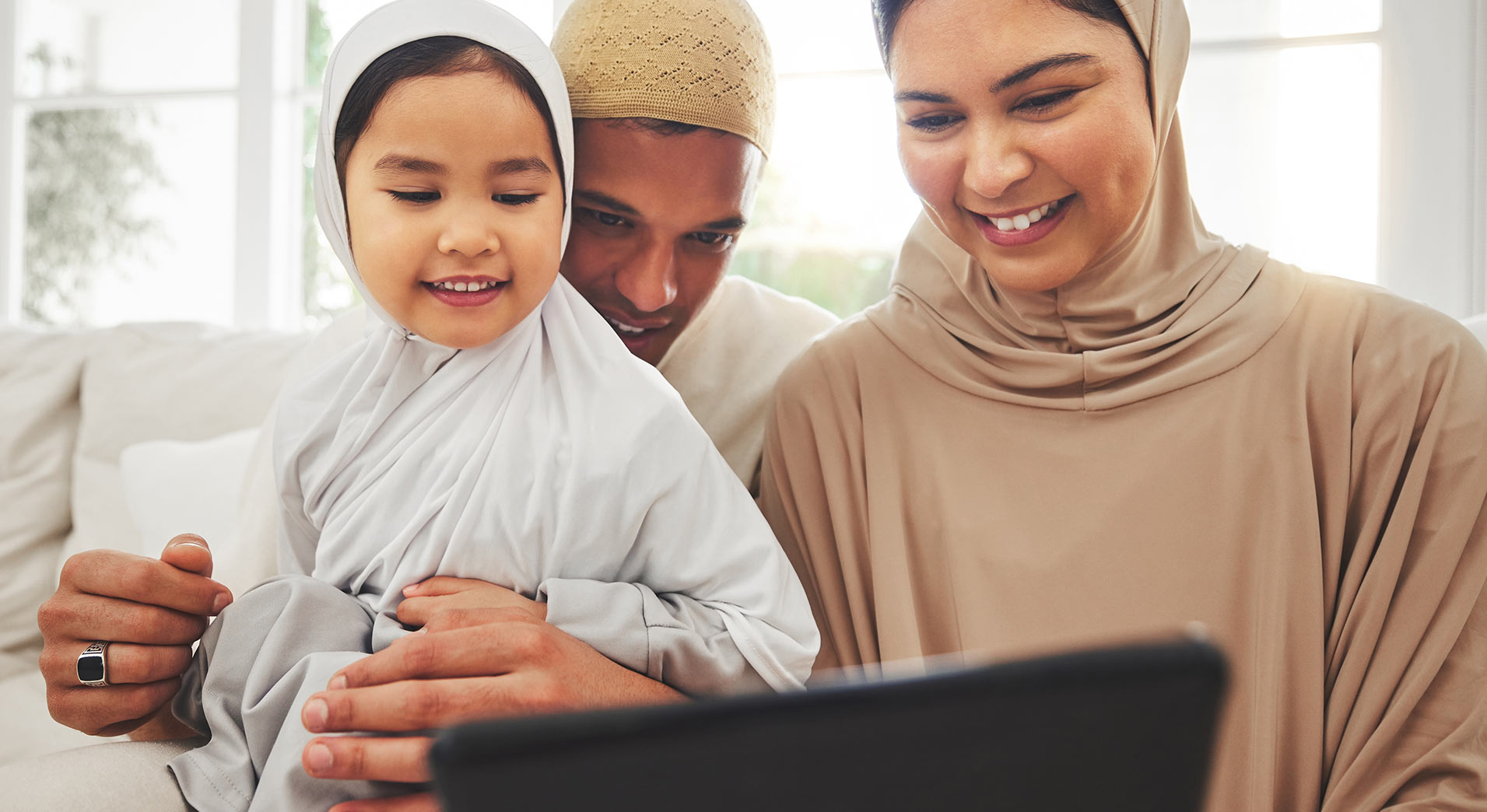What is a hijab?
The word “hijab” is derived from the Arabic word hajaba, which means to conceal. In Islam, hijab refers to the act of covering one’s body to be modest. The hijab is mostly misinterpreted as covering the head only. However, it is not only about covering the head. It also includes wearing loose clothing that does not show the shape of the body. The purpose is to protect the modesty of both men and women.Hijab in Islam
The hijab is an important part of Islamic teachings. It is not just a piece of cloth but represents modesty, privacy, and dignity. In simple words, the hijab is a way for Muslim women to dress modestly and cover their bodies. However, hijab is not just for women; men also have rules to follow. This blog will cover everything you need to know about hijab, from its meaning to its importance in Islam. Allah (SWT) says in the Holy Qur’an:“O Prophet! Tell thy wives and daughters, and the believing women, that they should cast their outer garments over their persons (when abroad): that is most convenient, that they should be known (as such) and not molested. And Allah is Oft-Forgiving, Most Merciful”. Al-Ahzaab (33:59)
How to wear a hijab?
Wearing the hijab is simple, but it requires some steps. First, the woman covers her hair, neck, and shoulders with a scarf. The scarf should be pinned securely to stay in place. Depending on comfort and preference, it can be wrapped around the head in different styles. However, women should not do hijab in a high bun due to its resemblance to the hump. The Holy Prophet (PBUH) did not like the hump-style hijab on women. The Prophet (PBUH) also stated that: “There will be in the last of my ummah, scantily dressed women; the hair on the top of their heads is like a camel hump, cursed them, for verily they are cursed”(at tabaran and sahih Muslim).
Additionally, the hijab should completely cover the hair and neck. It should not be too tight or see-through. Also, women should wear loose and modest clothing along with the hijab. The goal is to dress in a way that draws attention to one’s personality, not appearance.
Rules of Hijab
The rules of hijab are simple but strict. Here are some key points:- Cover the Hair and Body: Women should cover their hair, neck, and body except for their eyes. The clothing should be loose and not see-through.
- Avoid Loud Fashion: The hijab should not be too fancy or draw attention. It should be simple and modest.
- Behaviour Matters: Hijab is not just about clothing. Women should also behave modestly.
- For Men Too: Men have their own form of hijab. They should dress modestly and lower their gaze when interacting with women.
Hijab for Men
Yes, hijab is not just for women! In Islam, men are also required to observe modesty. Men should wear loose clothing that covers their body from the navel to the knee. They should avoid tight or flashy clothes that attract attention. Additionally, men are taught to lower their gaze when talking to women who are not their relatives. This is their way of practicing hijab.Types of Hijab
There are different types of hijab that women can wear:- Scarf (Hijab): The most common form, which covers the hair, neck, and sometimes shoulders.
- Niqab: A face-covering that leaves only the eyes visible.
- Chador: A full-body cloak that covers the entire body except for the face.
- Abaya: A loose dress worn over regular clothes. It covers the entire body.
- Khimar: A cape-like head covering that hangs down to the waist.
Importance of Hijab in Islam
In Islam, hijab is more than just a dress code. It is a sign of faith, modesty, and self-respect. The hijab allows women to be recognized for their character and not their looks. It protects their dignity and keeps them safe from unwanted attention. Wearing a hijab is also an act of obedience to Allah’s commands, showing one’s dedication to the faith.Quran’s Sayings about Hijab
The Quran has several verses about the hijab. One of the most important verses is in Surah An-Nur (24:31), where Allah commands women to cover their beauty and not show it to strangers. It says:“And tell the believing women to lower their gaze and guard their private parts, and not expose their adornment except that which [necessarily] appears thereof, and to wrap [a portion of] their headcovers over their chests.”
This verse makes it clear that hijab is not just about covering the head; it includes modest dressing and behavior.
“And say to the believing women that they should lower their gaze and guard their modesty; and that they should not display their beauty and ornaments except what must ordinarily appear thereof; that they should draw their veils over their bosoms and not display their beauty except to their husbands.” (Holy Qur’an 24:31)
The above verse explains that women should keep their beauty private from men who are not their close relatives. Women are not meant to be on display. They have dignity and a high standing in Islam, which is why Islam asks them to cover their beauty. However, they can show themselves and their beauty to their husbands. When women please their husbands with their beauty, it is considered a form of worship and has great rewards.
 0203-002-6366
0203-002-6366
 1-212-381-1055
1-212-381-1055 61-3-8820-5043
61-3-8820-5043  021-111-279-111
021-111-279-111




